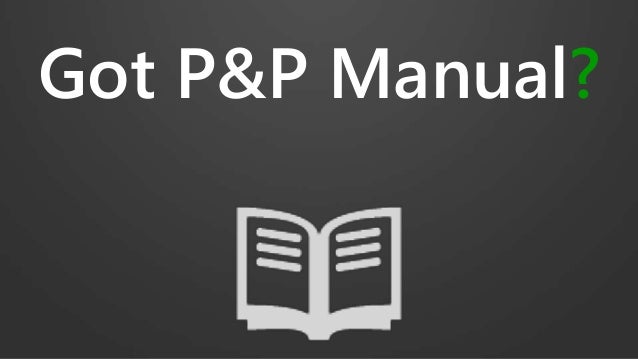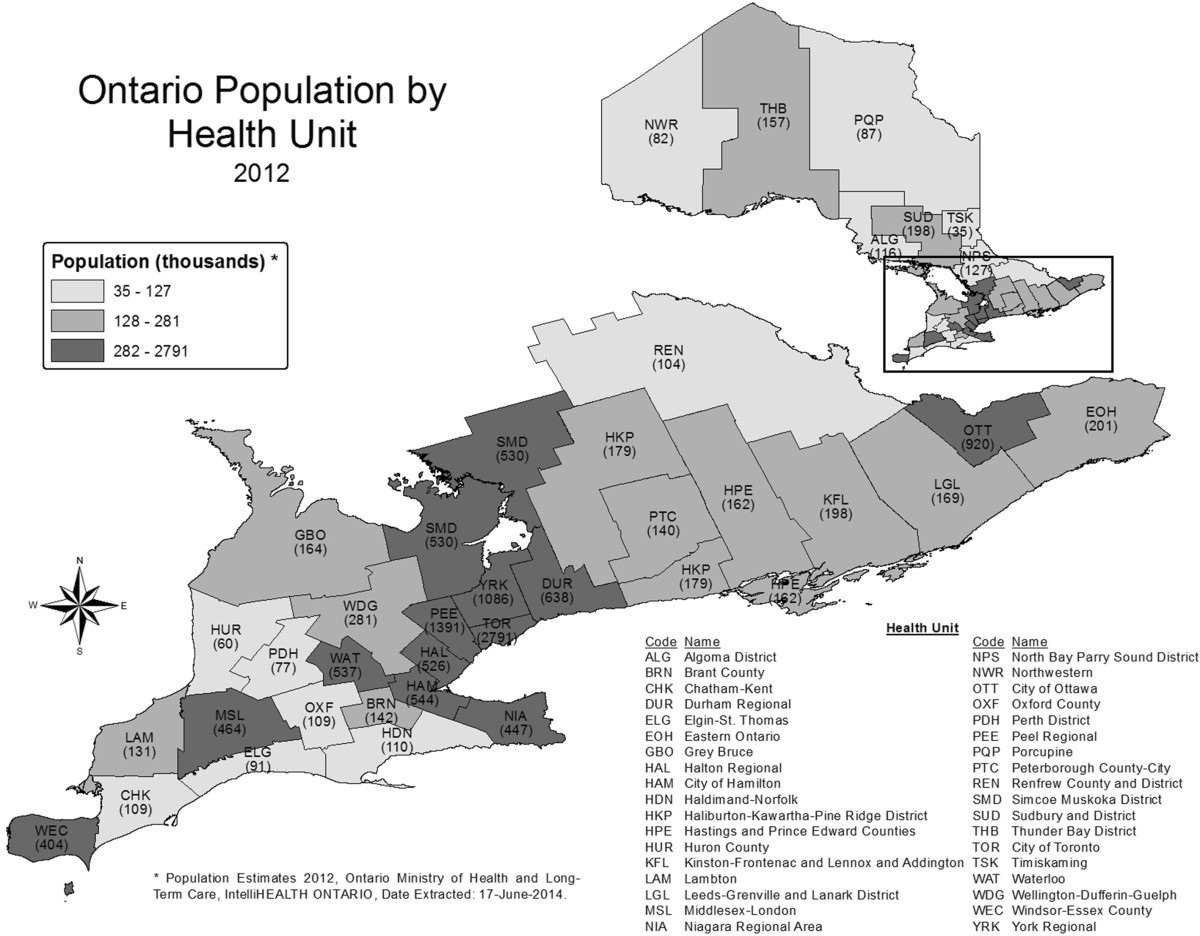Ontario Loss Prevention Manual
Fire, flood, earthquake, vandalism, a terrorist attack-the issues of safety measures, emergency response, and disaster recovery have now become an important part of the planning strategies for most organizations. For the information organization, such as a library, archives, or record center, this responsibility has taken on new dimensions with the proliferation of various forms of electronic media. The authors take the approach that disaster recovery planning must touch every department of an organization and that emergency response must be a carefully mapped strategy.
Ontario Loss Prevention Manual Pdf
GMT ontario loss prevention manual pdf - Document for Loss Prevention Training Manual Ontario is available in various format such as PDF, DOC and ePUB which you can directly download and save in in to your device. Sat, 06 Oct 2018 04:42:00 GMT Loss Prevention Training Manual.
This broad-based approach to 'integrated disaster planning' explains each phase of disaster planning, with chapters covering prevention planning, protection planning, preparedness planning, response planning, and recovery planning. The authors consider collections, records, facilities, and systems and include a chapter on post-disaster planning as well. The authors also cover federal and local assistance programs and list other sources for financial assistance. Although the main thrust of the book is the protection of documents, human safety in case of disaster is stressed explicitly and implicitly throughout.
Indispensible for every information organization.


The Loss Prevention Manual The stated purpose of The Loss Prevention Manual by Steven E. Sapienza is to point out the serious losses businesses face due to shoplifting and employee and vendor theft 'and to present loss prevention programs that the author successfully employed to control inventory shortage.' The manual further states that it is geared toward a loss prevention department.
After reading the one-page foreword and the three-page introduction to The Loss Prevention Manual, it was all I could do to read the 111-page text. The foreword warned me not to skip the introduction on the loss prevention person and the effective loss prevention department. In this section I learned the author was previously 'the loss prevention director and security manager for 120 retail outlet stores, and then 20 supermarket stores' and that he believes law enforcement officers are not and will never be qualified to work in a loss prevention arena.

In the summary of the introduction the author tells the reader that he wishes to draw a distinction between the 'L/P person and the former law enforcement person (or anyone else that does not have the skills of the L/P person).' Wait a minute! What am I about to read?!
I thought this was going to be a loss prevention manual, not an editorial on the pros and cons of law enforcement in the private sector. The basic concept of loss prevention is proactive.
It involves education, cooperation, standards, direction, support, training, auditing, and, on occasion, reactive measures. There are few, if any, proactive concepts set forth in this manual. The title is misleading in that the book appears to be a generic loss prevention manual. However, it is really geared toward arresting shoplifters in the grocery industry. The author provided a narrative of a very limited reactive role in security positions. Nothing in this manual addressed loss prevention as I have known it. Even though I believe this manual does not deserve serious review, I am unable to stop writing at this point because I feel obligated to reference various quotes from the author.
In quotes from an alleged training seminar on shoplifting prevention, I learned that female employees play no part in loss prevention: 'Certainly the girls are not going to take any chance at all. We don't want females involved unless it is entirely necessary. We want male personnel to handle the shoplifters. Now, if a prospective shoplifter comes in and sees two women cashiers up front and no males at all, he's going to feel like he can have a field day.' Excuse me, Mr.
Sapienza, but what do you suggest personnel in stores who employ only females do - lie down and cry? Perhaps if the author knew what loss prevention was and could transport himself into this century, where there are no knights in shining armor, he might begin to understand the proper concepts of loss prevention.